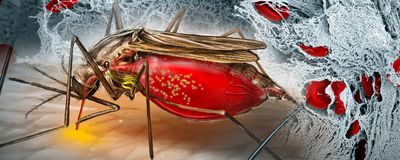Microbiology
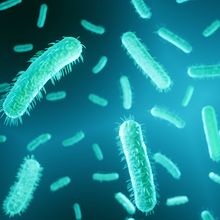
Building Bacterial Drug Factories
Aparna Nathan, PhD | Dec 30, 2024 | 3 min read
Drug-manufacturing bacteria can provide a more targeted approach to treat gut diseases.
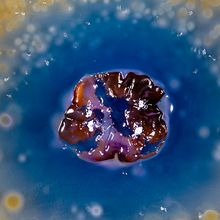
The Art of Biofilm Photography: From Petri Dish to Portrait
Laura Tran, PhD | Dec 17, 2024 | 4 min read
A microbiologist blends science and art to bring biofilms to life. His work, showcased in museums and books, captivates scientists and curious minds alike.
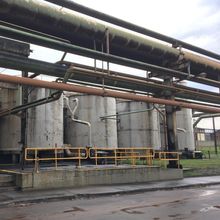
Not All Bacteria are Bad in Biofuel Production
Shelby Bradford, PhD | Dec 16, 2024 | 2 min read
Long seen as collective contaminants, some bacterial species actually promote bioethanol production.

Splicing Fungal Genes Help Cells Change Shape
Shelby Bradford, PhD | Dec 16, 2024 | 2 min read
Candida albicans uses alternative splicing to morph into a filamentous form during fevers.
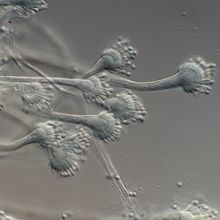
The Silent Pandemic of Antifungal Resistance
Danielle Gerhard, PhD | Dec 16, 2024 | 2 min read
As the world grapples with antimicrobial-resistant bacteria, another insidious threat looms large: drug-resistant fungi.

Bacteria Disarm Phages by Disrupting Their Tail Assembly
Andrea Lius | Dec 13, 2024 | 4 min read
Attachment of a bacterial protein to the tips of phage tails produces non-infectious, tailless phages.
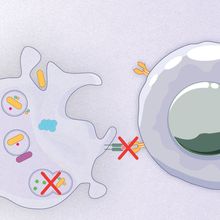
How to Get Away from the Immune System
Mariella Bodemeier Loayza Careaga, PhD | Dec 13, 2024 | 3 min read
From manipulating host molecules to concealing their presence in the host’s body, microbes employ a wide range of tactics to dodge immune detection.
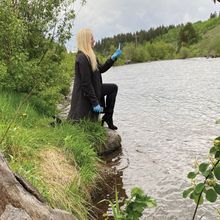
Inside the Microbial Jungle:
Tales from a Microbe Whisperer
Laura Tran, PhD | Dec 13, 2024 | 10 min read
Anne Madden sees the beauty and brawn of creepy-crawly microbes and how they may hold the solution to many human problems.

The Evolution of Microbe Teachers and AI Cheaters
Meenakshi Prabhune, PhD | Dec 13, 2024 | 2 min read
In nature, microbes fend off their microbial competitors. In the digital world, can AI-detection tools help researchers knock out AI-based research misconduct?
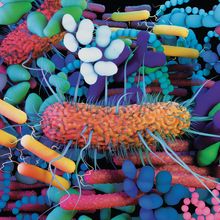
The Art of Microbial Disguise
Mariella Bodemeier Loayza Careaga, PhD | Dec 13, 2024 | 10+ min read
On the battleground of the human body, microbes use every skill to mask, infiltrate, manipulate, and evade the immune radar.
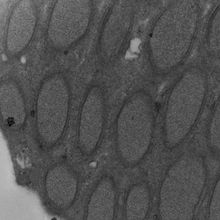
Wolbachia Turns 100: The Journey of a Triumphant Endosymbiont
Mariella Bodemeier Loayza Careaga, PhD | Dec 13, 2024 | 10+ min read
In a century, Wolbachia has gone from a master reproductive manipulator to a partner in the fight against pathogens, exemplifying how a microbe can shape hosts and diseases.
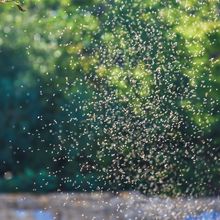
A Tiny but Mighty Helper Stops Mosquito Viruses in Their Tracks
Mariella Bodemeier Loayza Careaga, PhD | Dec 13, 2024 | 10+ min read
Vector biologist Luciano Moreira has been fighting disease-causing pathogens for years. Now he teams up with Wolbachia in this mission.

A Reproducible Approach to Exploring Microbiomes
The Scientist Staff | Dec 12, 2024 | 4 min read
Julia Swavola from Cerillo explains how an off-the-shelf co-culture system helps researchers shed light on microbial populations in real time.

New Frontiers in Vaccine Development
The Scientist Staff | Dec 12, 2024 | 2 min read
Discover how scientists are designing the next groundbreaking vaccines against infectious diseases.
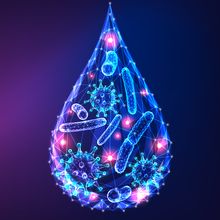
Elevating Wastewater Epidemiology with Microfluidics
Standard BioTools | Dec 6, 2024 | 1 min read
High-throughput technologies help researchers detect and monitor microbes in wastewater for source tracking and early interventions.
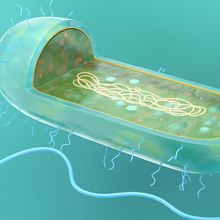
A Hunt for Clues to the Origins of the Eukaryotic Immune System
Shelby Bradford, PhD | Dec 6, 2024 | 4 min read
Homologous defense proteins in archaea and eukaryotes point to these early prokaryotes' role in the immune system of modern complex organisms.
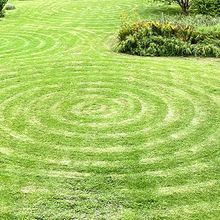
Bacteria’s Stress Strategy: Slow Down to Avoid the Crowd
Laura Tran, PhD | Dec 2, 2024 | 4 min read
Computer simulations highlight how bacteria slow their growth to avoid overcrowding, a behavior that may inform pathogen control.
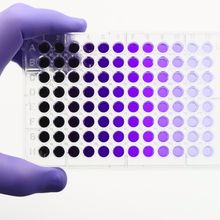
Achieving Consistency in Serial Dilutions
The Scientist Staff | Dec 2, 2024 | 2 min read
Researchers ensure the success of their serial dilution-based assays by using optimized protocols and advanced liquid handling tools.

A Beneficial Bacterium Helps Wounds Heal
Sneha Khedkar | Dec 2, 2024 | 5 min read
A bacterium found in the wound microbiome can accelerate healing, highlighting the potential for microbiota-based wound therapies.
